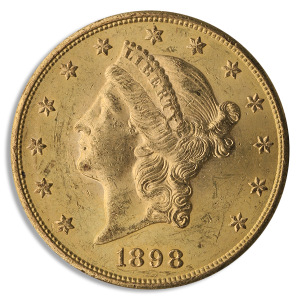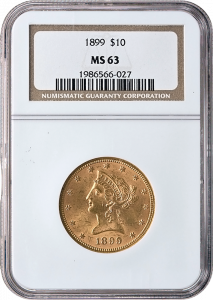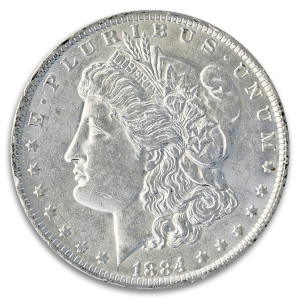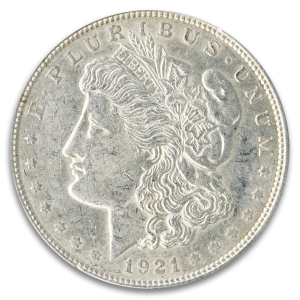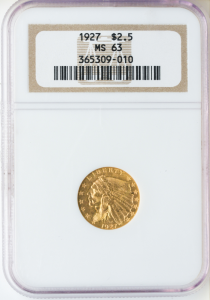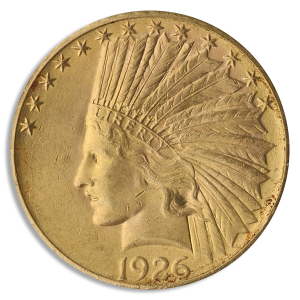Blanchard Index
Exclusive Precious Metals Market Outlook and Recommendations
Index updated December 8, 2025
Blanchard's Bi-weekly Index
The Blanchard Bi-weekly Index is a roll-up of industry news and economic trends affecting the precious metals market and trading world.
Check back often for insights and commentary from our leading experts and contributors.
The Blanchard Economic Report
Know When to Act and Why
Wondering when to buy or sell gold?
Backed by over 50 years of market insight, The Blanchard Index analyzes fundamentals, technicals, and investor sentiment to help guide your gold buying and selling decisions with confidence.
Talk to an Advisor — Get personal guidance, call 1-800-880-4653 today.
Scroll down to see the latest analysis. Then take the next step with clarity.
Market Movers
Economic Update
The government shutdown is still having a delayed impact on economic data releases even though the government is back open. In the meantime, Wall Street is focusing on alternate private sources of information about the economy and jobs market.
- In November, private-sector ADP payrolls tumbled by 32,000, while companies with less than 50 employees shed 120,000 jobs—that’s the biggest one-month decline since May 2020.
- Outplacement firm Challenger, Gray & Christmas reported 71,000 job cut announcements in November.
- Layoff notifications submitted to comply with the Worker Adjustment and Retraining Notification Act (WARN Notices) rose to 38,000 in November from 30,000 in October, according to aggregation by Revelio Labs.
- U.S. manufacturing activity slowed in November for the ninth consecutive month, according to the Institute for Supply Management. The ISM’s PMI report came in at 48.2, a decline from 48.7 in October. Any reading under 50 is a signal the manufacturing sector is contracting, not expanding.
- Delayed inflation data revealed the core Personal Consumption Expenditures (PCE) Price Index rose 0.3% in September. The annual increase slowed slightly to 2.8% from 2.9% in August, but still remains above the Fed’s 2.0% inflation target.
Key Takeaway: Available economic data about the labor market reveals that employers were shedding jobs in November, adding fuel to the fire for Fed governors to cut interest rates to support the flagging jobs market.
In the News
Gold back above $4,200 as Fed cut bets rise – Yahoo Finance, Dec. 8
“We still look for more rate cuts next year, which should push gold to $4,500 an ounce next year,” said UBS analyst Giovanni Staunovo.
Gold gains on Fed rate cut optimism, silver hits record high – CNBC, Dec. 4
″(Silver is) following the pathway of gold and many investors still believe that silver is quite cheap in relative terms,” said Bart Melek, global head of commodity strategy at TD Securities. Melek cited structural deficits and rising demand for electrification as supportive factors for the silver market ahead.
Market Snapshot
Gold/Silver ratio: 72 oz. silver = 1 oz. gold:
How to use it: This ratio reveals the number of ounces needed to buy one ounce of gold, and it measures the relative value of these two metals.
- A ratio higher than 80:1 signals that silver is undervalued relative to gold.
- A ratio below 40:1 suggests silver is overvalued.
Market Performance Year-To-Date
- Silver: up 89%
- Platinum: up 77%
- Gold: up 61%
- S&P 500 up 16%
Short-term Trend
- Gold: Up
- Silver: Up
- S&P 500: Up
Long-term Trend
- Gold: Up
- Silver: Up
- S&P 500: Up
Monetary Policy
- Fed funds rate: 3.75%-4.00%
- Next Fed meeting: December 9-10













